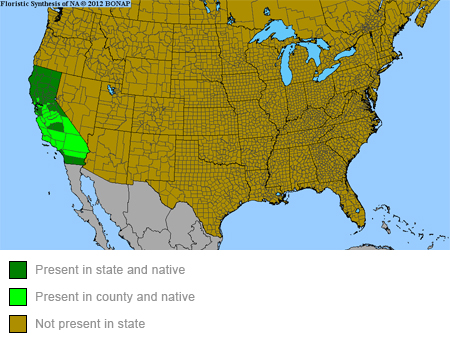- Home
- Milkweed Seeds
- Woolly Milkweed Seed Packet
Product Description
"Woolly Milkweed can be thought of as a “sister” to California Milkweed. Just like its “sister” it grows from 1 - 2 feet tall and has woolly foliage of a silvery-green color. It is among the earliest milkweeds to break dormancy in California and blooms from April - May. Seed pods mature in July and August with plants returning to dormancy by late August. This milkweed can be found growing in the foothills east of the California Central Valley." — Bobby Gendron
The Facts:
- Latin name: Asclepias vestita
- Quantity of seeds per packet: 25
- Monarch butterfly host plant
- Cream and yellow flowers
- Hardy perennial
- 12" - 24" tall
- Blooms from April until May
- Cold hardy in USDA zones 3 - 11
Growing Instructions: Start Woolly Milkweed seeds outdoors in late November. Pick a location with full sun and prepare soil for good drainage, if needed. Plant seeds 1/8" deep and 18” apart, using 3 seeds per hole. Water once, and then allow the winter rain and/or snow to provide moisture until the spring. The seeds will germinate 10 - 20 days after the danger of nighttime freezing has past. Once the seedlings reach 1", thin out so you have individual plants spaced 18” apart. Water regularly allowing the soil to go nearly dry between each watering. Fertilize monthly in the summer with a general purpose fertilizer. If you prefer to plant the seeds outdoors in the spring, read our detailed instructions on cold moist stratification.
Woolly Milkweed Range Map:

Map ©: Kartesz, J.T. 2013. Floristic Synthesis of North America, Version 1.0. Biota of North America Program (BONAP).
Woolly Milkweed is native to the following state: California
Product Reviews
-
Good germ, strong seed

Posted by Pat Mahon on 15th Nov 2019
Excellent success with this species, given that it is uncommon and not many are easy to germ.
We did 30 days cold moist stratification, in sand with purified water (never use tap water).
After stratification, we planted seeds and saw initial germ in 3 days. After 10 days, about 74% of the seed has risen, with an expected 80%+ to continue to germinate. Seedlings are strong, no sign of seed vigor issues. Counted only 3 seeds that either rotted or were not viable.
Excellent turnout on this species; great source!
 Loading... Please wait...
Loading... Please wait...


